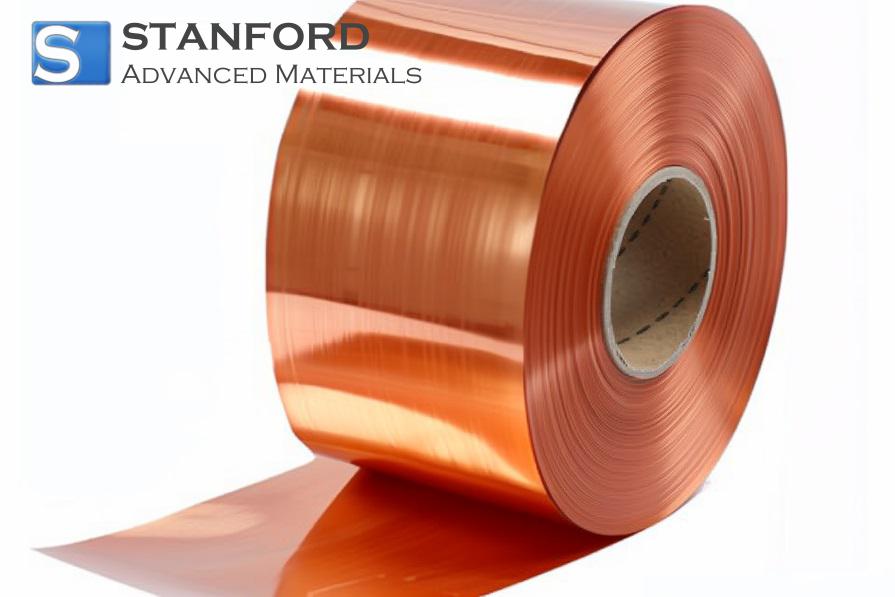Scientists Improve The Properties Of Nanotubes Using A Simple Doping Method
According to researchers from a British research institution, it is now possible to control the doping level of carbon nanotubes. This method optimises the properties of the nanotubes to yield reliable performance. It is designed to improve the efficiency of doped carbon in various nanotechnologies and in flexible electronics, including silicon hybrid energy cells.
Andre Taylor and Nilay Hazari led the study at a British research institution. They are affiliated with the School of Engineering and Applied Science and the Department of Chemistry. The team developed a technique using metallocene compounds. This method uses organometallic compounds with a metal core to produce two types of doped carbon.
Minimal amounts of metallocene in liquid form are applied to carbon nanotubes. They are spun at high speed, thereby distributing the liquid evenly over the nanotube surfaces. This process achieves high doping levels. These levels may enhance electrical performance. The researchers observed that doping with electron‐deficient metallocenes yields nanotubes with additional positive electron holes. This effect is observed specifically with compounds containing a cobalt core. They are classified as p‐type. In contrast, doping with electron‐rich metallocenes produces negatively charged nanotubes. This outcome is observed particularly with compounds containing a vanadium core. Such nanotubes are denoted as n‐type given that they contain fewer holes than electrons.
These molecules are the first to be confirmed as capable of generating both n‐ and p‐dopings. Doctoral candidates Louise Guard and Xiaokai are part of the research team. They demonstrated that altering the metal centre in the metallocene permits switching the carbon nanotubes between n‐type and p‐type forms.
p‐Type doping occurs naturally when carbon nanotubes are exposed to air. Previous n‐type doping methods produced levels that were too low for effective use in devices. Consequently, the team developed CNT–silicon cells in n‐type form. These cells are more than 450 times as efficient as the most effective solar cells of this type.
A higher doping ratio improves electron transport and increases carrier mobility. This improvement enhances device performance. These findings contribute to the goal of increasing the efficiency of hybrid solar cells, and further advancements are expected.

 Bars
Bars
 Beads & Spheres
Beads & Spheres
 Bolts & Nuts
Bolts & Nuts
 Crucibles
Crucibles
 Discs
Discs
 Fibers & Fabrics
Fibers & Fabrics
 Films
Films
 Flake
Flake
 Foams
Foams
 Foil
Foil
 Granules
Granules
 Honeycombs
Honeycombs
 Ink
Ink
 Laminate
Laminate
 Lumps
Lumps
 Meshes
Meshes
 Metallised Film
Metallised Film
 Plate
Plate
 Powders
Powders
 Rod
Rod
 Sheets
Sheets
 Single Crystals
Single Crystals
 Sputtering Target
Sputtering Target
 Tubes
Tubes
 Washer
Washer
 Wires
Wires
 Converters & Calculators
Converters & Calculators
 Write for Us
Write for Us

 Chin Trento
Chin Trento



